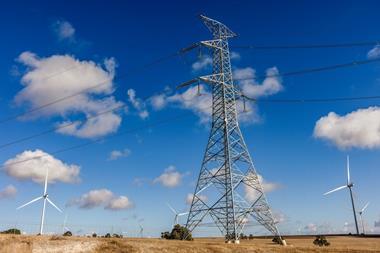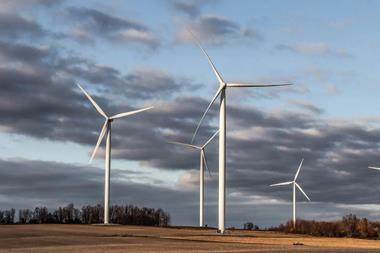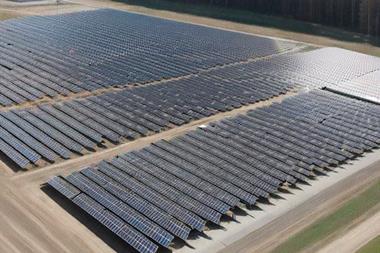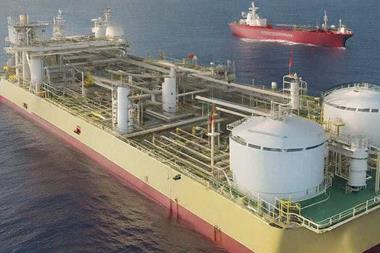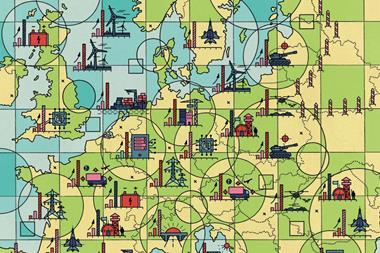Christopher Walker talks to Darwin Marcelo about what investors need climate benchmarks for their infrastructure portfolios
EDHEC Infra & Private Assets Research Institute, a research centre of the EDHEC Business School, has been researching asset pricing and credit risk in private infrastructure since 2016, and has created benchmarks for the asset class. More recently, it has turned its attention to areas such as sustainability, decarbonisation and climate risk.
Darwin Marcelo, project director for the green infrastructure team, joined EDHEC in 2021 from the World Bank where he was a senior infrastructure economist. He says his focus today is “to give investors the relevant information needed to make decisions on where to invest in infrastructure at a time of climate change and increased physical risks, and to help them fully understand their exact carbon footprint and the intensity of carbon in their assets”.
To do this, Marcelo’s team has taken detailed data across 25 countries representing the vast majority of infrastructure investment in developed markets. There are two tracks to the data: the main one covers 760 assets across transport, energy generation, renewables, utilities and social infrastructure; the second track goes into more granular detail covering some 10,000 assets in the same sectors.
EDHEC intends to publish data for the first track in June, and the second track later this year. It promises to be very interesting.
EDHEC is keen that the models it creates provide useful information for investors seeking compliance with the 17 different taxonomies that exist across developed markets. These include the many European initiatives such as the EU taxonomy for sustainable activities, the Sustainable Financial Disclosure Regulation and the growing reporting requirements around the Task Force on Climate-Related Financial Disclosures. There is also a particular focus on the need for more granular detail as investors grapple with the requirements of scope 3 reporting.

“We didn’t want to just create a different way to report carbon data, but to generate something to bridge all of these taxonomies,” says Marcelo. “We therefore have planned a common denominator that will create metrics that align with all of those taxonomies and give investors a good idea of their value at risk.”
The benchmarks developed are aimed at asset managers and the owners of assets. They look at two key aspects: the carbon footprint and carbon intensity on the one hand, and physical climate risk on the other.
“We have developed this for the decision-makers in the infrastructure industry,” Marcelo says. “Our new taxonomy of benchmarks, which we call TICCs, classifies investments by type and by geography. By geography, we mean by continent or by individual country for the 25 countries covered.”
Marcelo argues that it is difficult at present for investors to have a clear picture of these two elements across hundreds or even thousands of assets in different locations. His intention is to replace this line-by-line analysis with a benchmark that will give an investor a good sense of the numbers for a particular kind of asset, in a certain sector, in a given country, thus providing a proxy for a portfolio. He believes that this will be particularly relevant when seeking to report scope 1 and 2 emissions. It is also perhaps “the only hope for having a realistic estimate for scope 3 emissions”, he suggests.
Marcelo believes that “there are many asset managers who simply do not have the capacity to generate the information” to get a clear picture of the carbon impact of their investments.
He also believes that the minority of companies that have published figures may not in fact have done so accurately. This is particularly true when it comes to trying to report scope 3 emissions where there is pressure for companies to keep their numbers low, and little in the way of accepted practice or developed detail.
“For the airport industry, we know those numbers. We have looked at the assets on the ground, the flights departing and arriving, and developed a much better idea of the real numbers. They may be very different to what has been reported so far for a few assets. When they are published they may look significantly higher. There will be a few surprises.”
When it comes to physical climate risk, many critics decry the potential usefulness of benchmarks, given the significant differences that exist from one location to the next. “Physical risk is location dependent,” Marcelo admits, but he argues that it can also be “remarkably asset-type dependent, particularly when it comes to airports”.
All airports by their nature tend to use flat, low lying land areas, close to a body of water, not least because these land plots tend to be cheaper and less populated. “These kinds of locations are common across all airports, and these locations are all prone to flooding in all regions,” Marcelo says. “Data in our new benchmarks for airports by country is therefore a useful benchmark for that industry as a whole.”
In other sectors of infrastructure there may not be the same level of commonality, but Marcelo believes the information provided by EDHEC’s benchmark can still be very relevant. “For example, if you look at solar-power plants, grouped by country, there are some significant commonalities,” he says. “When it comes to investors making a decision as to where to allocate capital, I believe that there is still value in providing a benchmark for that sector at a country level to help them make that decision. There are many surprising commonalities in different sectors.”
Marcelo concludes: “The capacity to measure climate-related risks and carbon impacts is simply not there yet at an individual asset level. Because of that, there is an absolute need to have benchmarks to guide the energy-transition calculations that will dominate infrastructure investment decisions for years to come. Benchmarks are the way forward.”





